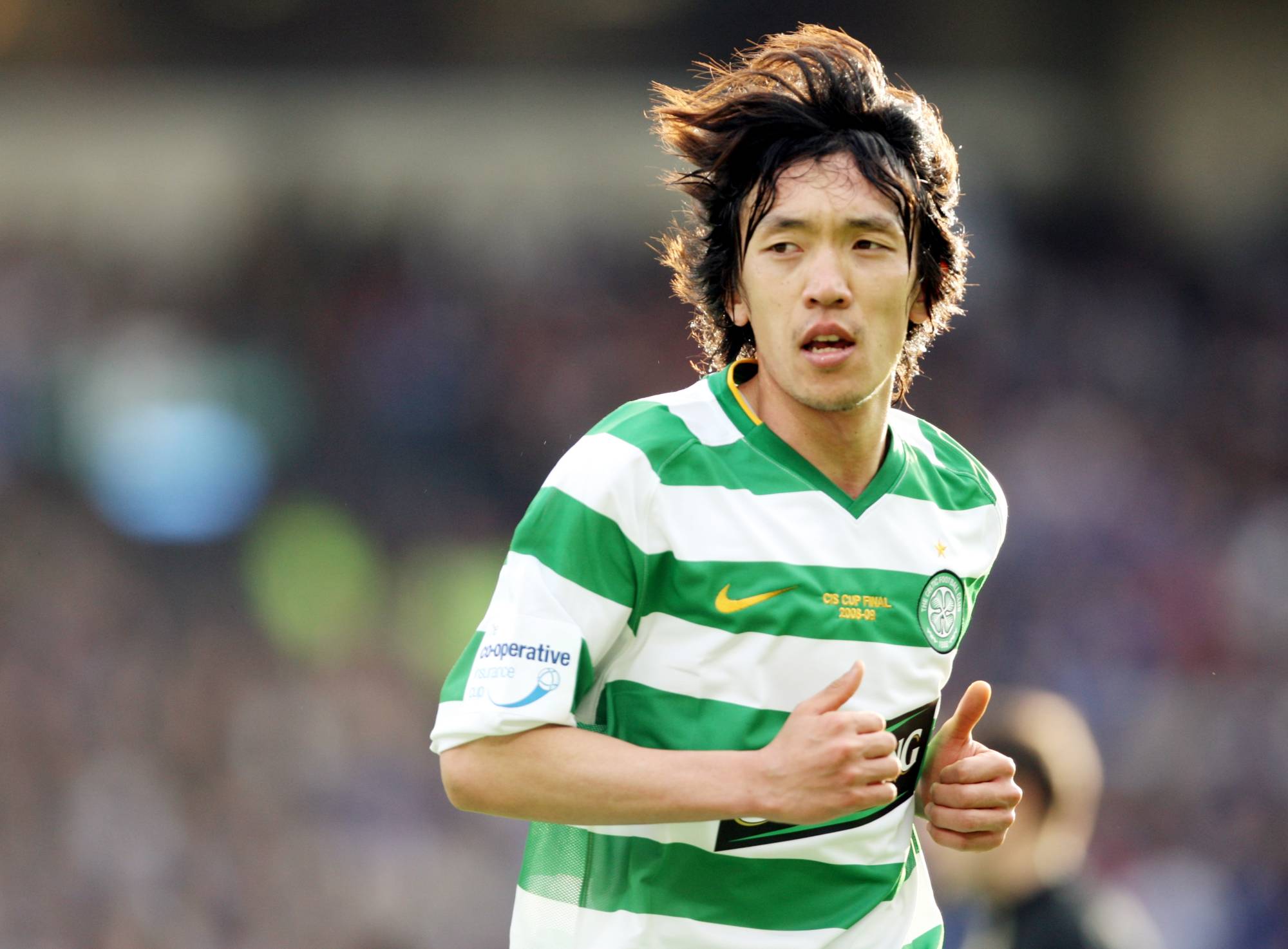Former Samurai Blue star and Celtic legend Shunsuke Nakamura announced his intention to retire on Tuesday, closing the book on a storied career as Japan’s greatest dead-ball specialist and one of the country’s most prominent global superstars.
The 44-year-old midfielder, best known among J. League fans for his time at Yokohama F. Marinos — with whom he won an unprecedented pair of MVP trophies but failed to capture the first-division title — had seen his appearances decrease in recent years due to injuries, nevertheless continuing to wow fans at Jubilo Iwata and most recently Yokohama FC with his dazzling free kicks when his fitness allowed him to play.
“Forty years have passed since I began kicking the ball as a kindergartener, and in the beginning it was simply because I enjoyed it,” Nakamura said in comments released through Yokohama FC. “Then soccer became my job and I’ve spent 26 years as a professional athlete.


















With your current subscription plan you can comment on stories. However, before writing your first comment, please create a display name in the Profile section of your subscriber account page.